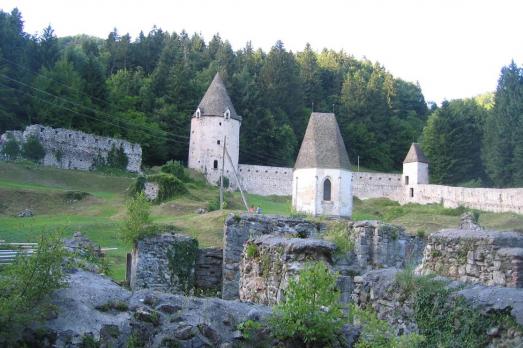
Žiče Charterhouse
Slovenija, SI
Žiče Charterhouse is a former monastery of the Carthusian Order founded around 1160. It is the nineteenth charterhouse built in Europe, the first built outside the original Romanesque region of France and Italy.
Here you can search for a building to visit. You can use the map find destinations, or you can use the filters to search for a building based upon what different criteria.

Slovenija, SI
Žiče Charterhouse is a former monastery of the Carthusian Order founded around 1160. It is the nineteenth charterhouse built in Europe, the first built outside the original Romanesque region of France and Italy.
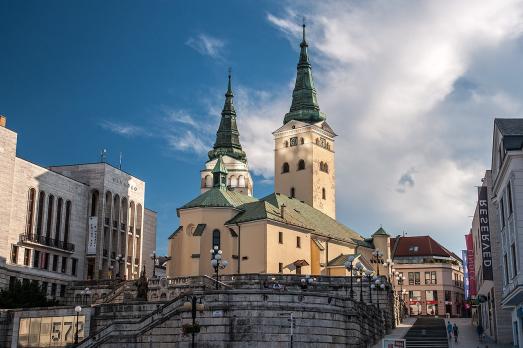
Žilina, SK
The Cathedral of the Most Holy Trinity was first mentioned in 1400, but its history probably dates back to the 13th century. In 1530, a fortification tower was built next to the church, originally named New Tower and now called Burian's Tower. In the middle of the 16th century, after a conquest of the city, the church was transformed into a fortress. The three naves of the church were originally Gothic but were remodelled in the Renaissance style. The church burned down in 1678, 1848 and partially in 1886. The last restoration took place in 1942. Since 2008 it has been the cathedral church of the new diocese of Žilina.
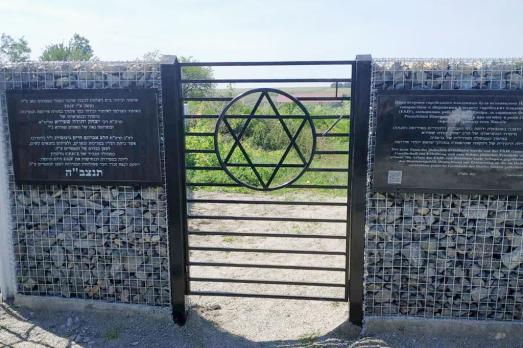
Zin'kiv, UA
In 2005, a documentary “The Renaissance of Love” about the local Jewish history was made. The cemetery was partly cleaned by Yakov Tikhman, a local Jewish activist.
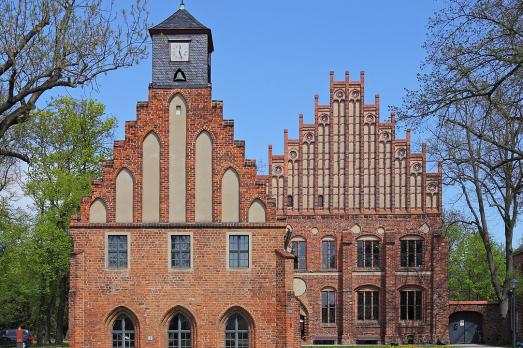
Jüterbog, DE
The former Cistercian monastery of Zinna was founded in 1170 by the Archbishop of Magdeburg. The oldest building in the complex is the late Romanesque fieldstone church, which was begun in the 12th century. In 1553, the last abbot left the monastery. The enclosure was largely demolished in the 18th century and the monastery area to the south was covered with modern buildings. In 1492, the first printed book in the area, a Marian psalm, was created in the monastery.

Plovdiv, BG
The synagogue of Zion is, together with that of Sofia, the only synagogue still used as such in Bulgaria. According to archaeological studies, there was a synagogue in the city as early as the reign of Emperor Severus Alexander in the first half of the 3rd century. This synagogue would have been rebuilt several times until the beginning of the 5th century. In 1493, Aragonese Jews built a synagogue called "K. K. Aragon", which existed until 1540. After the Bulgarian independence, the construction of the modern synagogue in 1886 - 1887 started. The synagogue is one of the best preserved examples of the so-called "Ottoman style" synagogues in the Balkans.
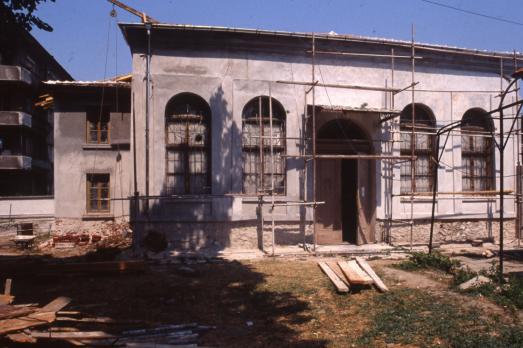
Plovdiv, BG
The Zion Synagogue in Plovdiv is a Sephardi synagogue built 1892 and restored in 1923 and 1998. This brick building still serves as a Synagogue.
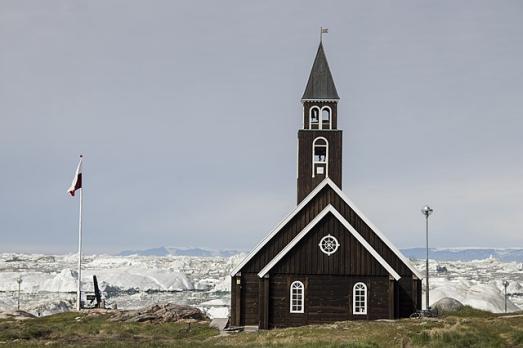
Ilulissat, DK
Zion's church is the oldest church in Greenland, built in 1779. When it was built, it was the largest structure in Greenland. It is located on cliffs overlooking the ocean. It is also one of the northernmost churches in the world, located 350km north of the Arctic Circle.
Oostkapelle, NL
Relatively small church with a very large historical tower. Originally the church was dedicated to Saint Willibrord.
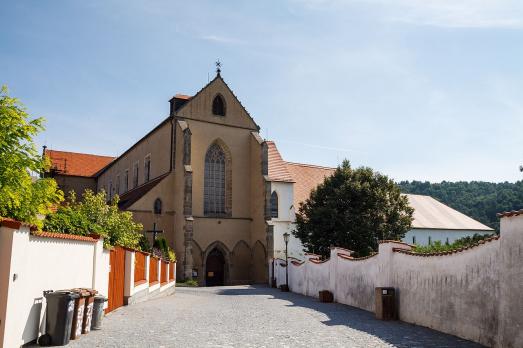
Zlatá Koruna, CZ
Zlatá Koruna Monastery was founded in 1263 by King Ottokar II of Bohemia as an antagonist of the Rosenberg family monastery in Vyšší Brod. The construction of the monastery began at the end of the 13th century, continued in the 1330s and was completed in the years 1360-1370. The church was given a Baroque appearance after 1663 and was restored in the years 1839-1841. In 1785 the monastic community was abolished, but the building was restored several times during the 20th century and in 1960 it was reopened as a monument open to the public.

Zmajevac, HR
Jewish settlers first came to Zmajevac in the 18th century and the synagogue and cemetery were at the same time. The oldest tombstone in the cemetery dates to 1886 and the newest to 1941. The Jewish community ceased to exist in 1914 after the beginning of World War I. The synagogue was sold in 1950. One of the most famous residents of the village was a Jewish woman named Otti Berger (1898-1944). She was a famous Croatian Bauhaus designer from Zmajevac (Vörösmart).

new
Nestled amidst the serene landscapes of the Harz region, lies a hidden gem for nature enthusiasts and history buffs alike - the Harz Monastery Hiking Trail. Lace up your hiking boots and embark on this captivating adventure that will transport you back in time.

The Holy Mile (Miglio Sacro) of Naples is a one-mile-long itinerary, through sacred places linked to the city's patron saint, San Gennaro, in the Rione Sanità district. Discover the city from a new perspective with this unique walking tour.

As a university city, cultural offerings abound in Tartu and will reach their peak after being designated one of three European Capitals of Culture for 2024. In this list, we've compiled the most interesting sacred places to visit in and around the old town.